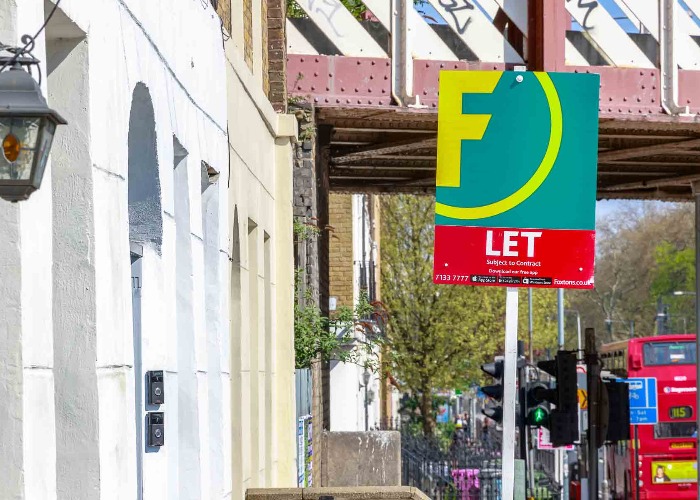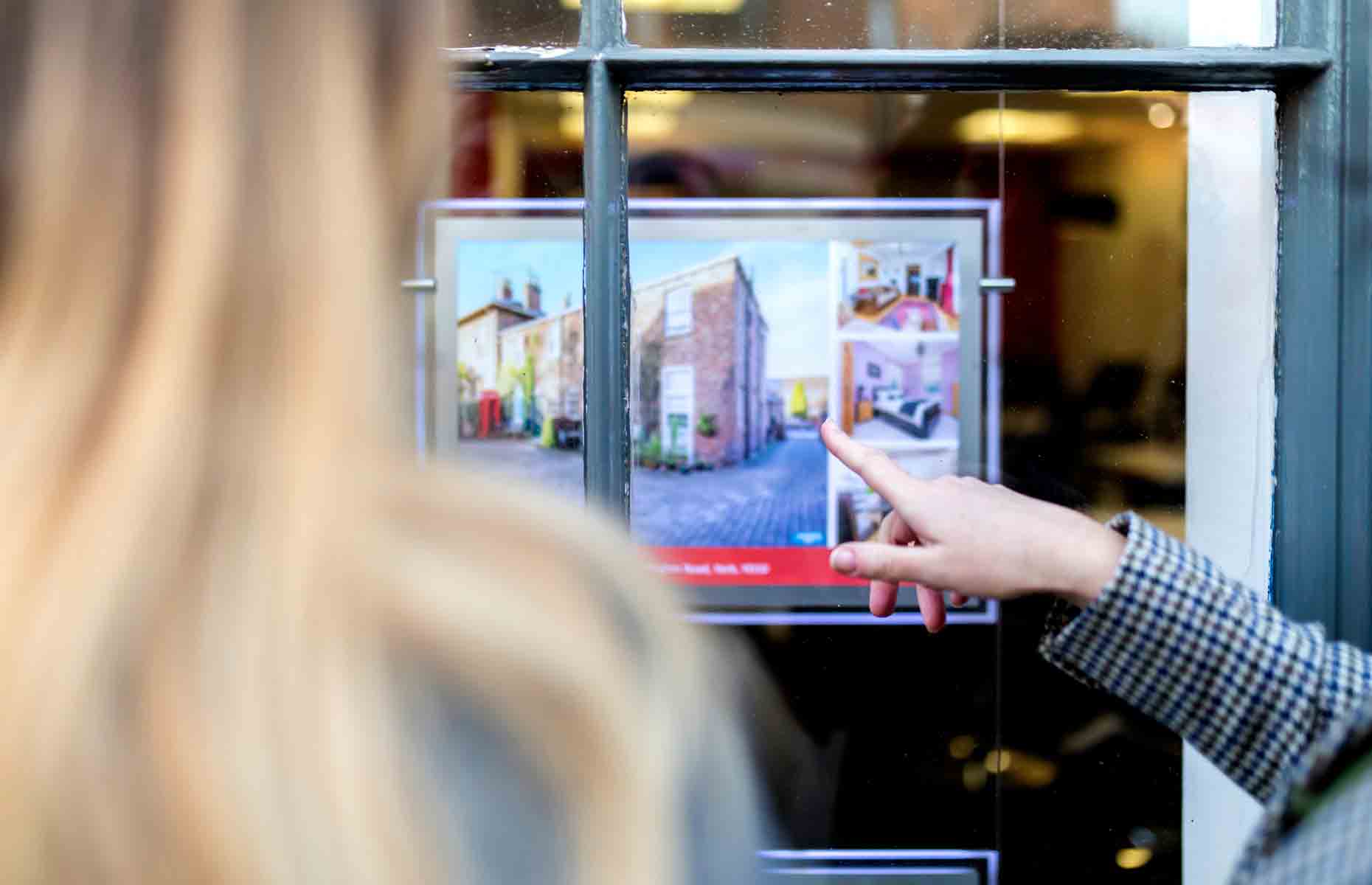Why investing in buy-to-let in 2020 could still be a big win

Having second thoughts about purchasing a buy-to-let property during this turbulent period? Here are six reasons why 2020 could be the right time to invest
The coronavirus crisis has turned the world upside down – the property market included. In April after the UK went into lockdown, it more or less ground to a halt, with physical viewings and house moves put on hold.
READ MORE: Expert predictions for the UK housing market for the rest of 2020
Although some restrictions have now been lifted, the economic uncertainty over the coming months means prospective buyers and sellers are understandably cautious.
But if your finances are sound, investing in a buy-to-let property now could be a savvy move – here’s why.
1. Mortgage interest rates are low
The Bank of England cut the base interest rate to an all-time low of 0.1% on 19 March and average buy-to-let mortgage rates have fallen significantly, reducing the costs of owning a buy-to-let property.
If you’re borrowing 80% of the property’s value, two-year fixed rates fell by 0.46% between January and June, while average five-year fixed rates were 0.21% lower according to Moneyfacts.

The mortgage process could take longer than before the crisis though. “Lenders’ credit criteria is generally tighter than before the lockdown,” says Miles Robinson, Head of Mortgages for online mortgage broker Trussle. “This, coupled with the backlog of physical valuations, means lenders are currently extremely busy.”
2. House prices are likely to fall
Property prices are predicted to drop over the coming months as household finances suffer and demand falls, making it easier to pick up a bargain.
Nationwide’s latest data for June showed that prices have already fallen by 0.1% compared to the previous June. This is the first time since 2012 that it has reported negative annual growth.
Forecasts vary widely however. Estate agent Knight Frank predicts that UK house prices will drop by 7% in 2020 while, at the other end of the scale, the Bank of England is predicting 16%. But, as always, it’s important to look at what's going on in the housing market where you want to buy.
3. Increasing demand for rental properties
Zoopla reported a 30% increase in demand for rental property in the first half of April after a 57% decline in the second half of March and this figure has continued to rise.
Lockdown has led to people reassessing their lives and living spaces and, as a result, more people are now planning to move house, which can only increase demand further.

In a survey by Rightmove conducted in May, more than a quarter of people who weren’t planning to move house pre-lockdown now are.
Meanwhile, an ONS survey at the end of June found that more than a quarter of people want to make big life changes once the pandemic is over, with a third of these wanting to change where they live.
4. Rents tend to be more resilient
When people are not feeling confident about committing to buying a property – or not in a position to do so – they turn to renting. This means rents don’t tend to drop as much as house prices in troubled times.
It’s clear that the rental market has not suffered as big a decline as the sales market. Although Zoopla saw demand for rental property drop by 55% over the last three weeks of March, demand from buyers fell by a massive 70%.
However, rents still went up by 2.4% in March compared to 2019 and Zoopla thinks growth is likely to continue, albeit at a slower pace.
Rightmove data from the end of May also showed that rents being asked were 2.1% up on 2019.
5. More activity in rentals than sales
In week one of the housing market reopening in England on 13 May, Rightmove reported a surge in rental demand that far outstripped the demand for properties to buy.
Demand for rentals was 33% higher than at the same time in 2019, while demand from potential buyers was still 7% below the level seen a year before.

“There’s a countercyclical trend with the rental market,” explains Zoopla’s Head of Research, Gráinne Gilmore. “If there’s uncertainty in the sales market rental picks up the slack, while there’s more buying in stable markets.”
6. Offers an opportunity to get ahead of the game
As many people are still having to work, as well as play, at home now, priorities for a new house have changed.
Rightmove saw 84% more searches for rental homes with gardens on its site in May compared to last year and, in a survey it carried out, 26% of renters said they want a better home office or workspace.
If you're wondering where to invest, data from Trussle identified rural and coastal spots as the most popular relocation destinations – homes in Cornwall proved particularly in demand with those upping sticks.
Depending on which market you are catering for in your chosen area, this knowledge means you can buy an investment property that ticks all these boxes and you’ll be in a good position in the future if there’s another lockdown or pandemic.
READ MORE: Buy-to-let hotspots showing promising yields in 2020
Featured image: I Wei Huang / Shutterstock
Comments
Be the first to comment
Do you want to comment on this article? You need to be signed in for this feature